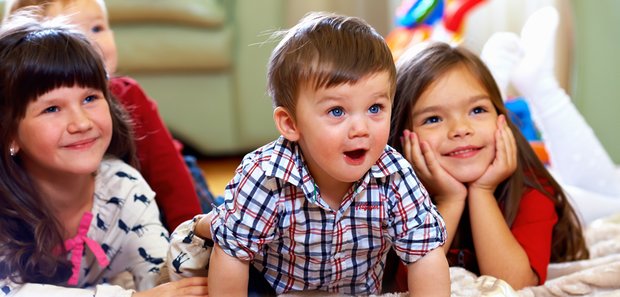EAL in Early Years
- Recommended
- 5 Stars
Add to My Folder
This article is all about EAL. It’s jam-packed full of advice for getting the most out of children whose first language is not English in Early Years settings.

During the early years of a child’s life, a range of vocabulary is acquired. Many children have already developed the ability to hold a conversation by the time they reach statutory school age, and some are able to learn more than one language simultaneously. This is not without its difficulties or challenges, but strategies can be put in place to support the development of language acquisition and learning the grammatical concepts within it.
The Early Years setting is ideal for acquiring a second language because the open environment has few rigid structures in place, allowing natural acquisition in context. It is important to note, as Chomsky explains with his theory of the Language Acquisition Device (LAD), that children have an innate ability to learn languages.
Development Matters explains the underpinning thoughts that:
‘Children are born ready, able and eager to learn. They actively reach out to interact with other people, and in the world around them. Development is not an automatic process, however. It depends on each unique child having opportunities to interact in positive relationships and enabling environments.’
Scholastic Resource Bank: Early Years - join today!
- Over 2,000 EYFS resources, activity ideas and games
- Perfect for anyone working or playing with children from 0 to 5 years old
- Unlimited access from just £1.25 per month
Already a member? Sign in below.
Published 14 October 2016
Reviews
Rated 5/5 from 1 rating
You need to be signed in to place a review.